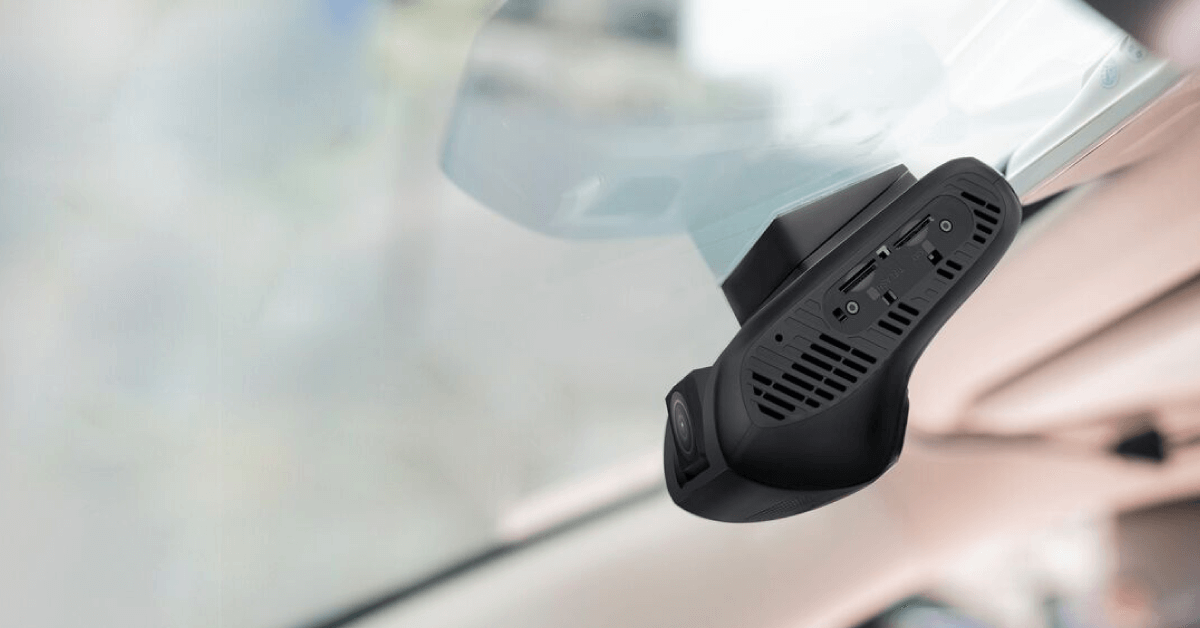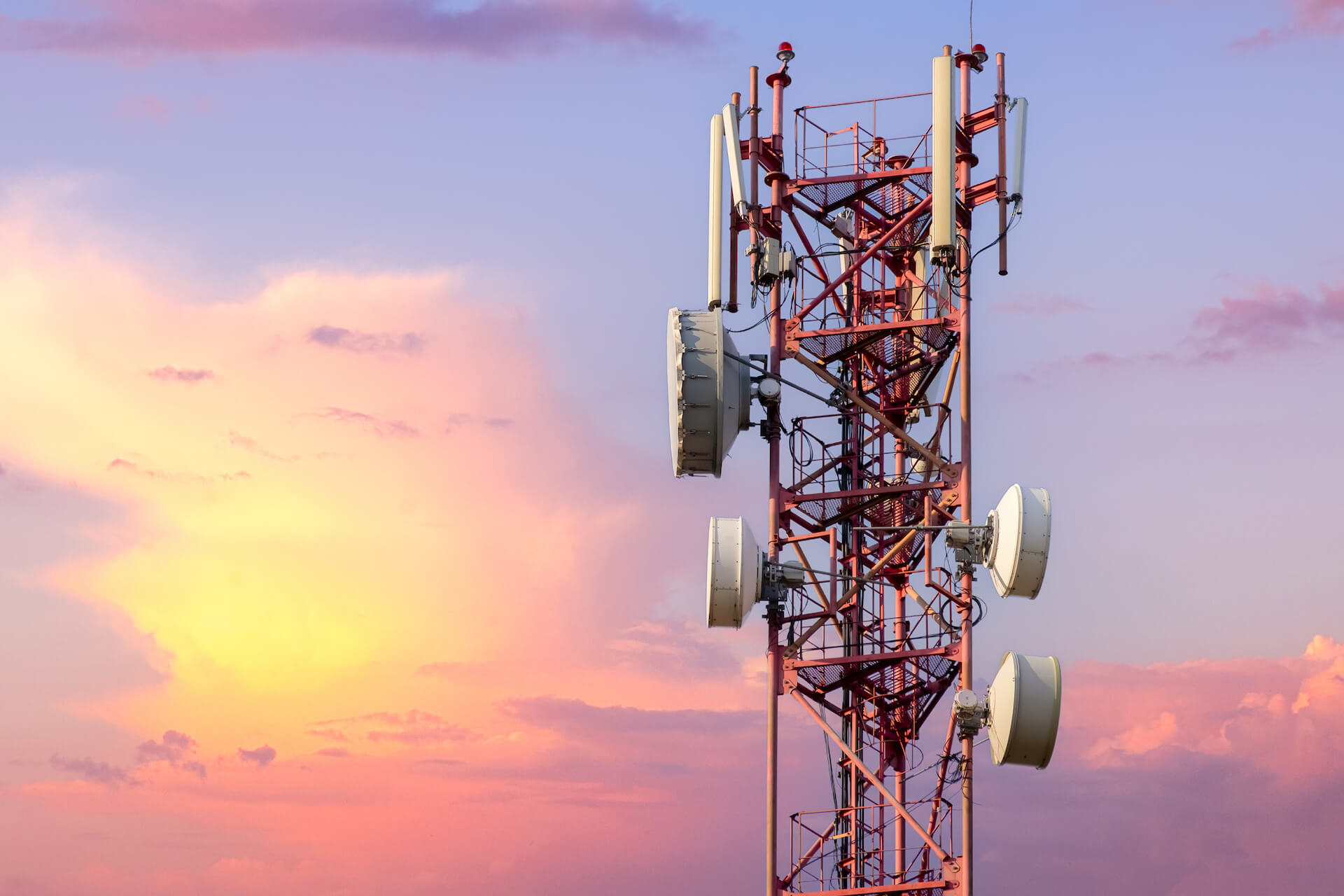Insurance costs for fleet vehicles can cripple a business and stunt its ability to grow – a scenario that is a real issue to a lot of businesses, both large and small.
But, help is at hand, there is a way of combating this. All you need is the right IoT Services and Telematics Solution.
Let me share with you some feedback from a customer who is managed by one of our partners, they have been using one of our Telematics Solutions for the past two years and have seen some real benefits.
This business runs a mobile fleet of service engineers, comprising 426 vehicles and covering the entire United Kingdom. The fleet had grown rapidly over a five-year period from just five vehicles to a present count of 369 vans and 57 cars and it would be true to say that proper proactive preventative measures had never been deployed by senior management to reduce or control the number of incidents occurring. Impact events increased beyond control and as a direct result, annual fleet policy premiums increased to the point where the fleet was ‘distressed’. In some cases, incidents were going unreported by drivers which further compounded the problem.
Collision frequencies and annual insurance premiums were increasing exponentially and the fleet was on the verge of being classified as ‘uninsurable’.
It was suggested that our partner could consider improvements that would make use of IoT Telemetry. The solution would give the fleet manager visibility of what is happening when vehicles are on the road, so would improve driver behaviour and reduce risk using a comprehensive driver feedback programme.
This brought about an instant improvement in driver behaviour, reduced on-the-road risk, and provided a number of associated cost reductions, resulting in a significant return on investment.
As part of an IoT solution the following objectives were set:
- Mitigated work related road risk
- Reduce collision frequencies
- Reduce claim costs
- Reduce renewal premium
- Improve fleet efficiency
- Reduce fuel and maintenance costs
However, telemetry data would be useless without proactive enforcement, and as a benefit to the project senior management embraced the roll out across the entire fleet, including management vehicles.
Every vehicle was fitted with a telematics device and driver behaviour was monitored across several key risk metrics including:
- Speeding
- Harsh acceleration events
- Harsh braking events
- Urban driving
- Night time driving
As part of the reporting set on offer, each metric is scored out of 100 and weighted in accordance with their perceived influence on overall risk. The data was then presented in a custom dashboard for each driver.
A zero-tolerance stance was adopted and drivers showing in the red category were encouraged to improve their driving styles with regular personal interviews between the driver, fleet management, HR representatives and a newly appointed in-house driver training consultant.
To combat incident non-reporting, each device features an automated crash detection function which notifies the fleet manager immediately on detection of any impact event, so the driver can be called to firstly qualify their safety and secondly provide details of the event.
What followed was a significant turnaround in driver behaviour in just a few months.
The first five months of the program saw a dramatic change in driver behaviour with less than 2% of drivers displaying high-risk behaviour and 66% of drivers demonstrating green scores. The graph below shows the vast improvement in just a five-month window:
Initial observations over this period also revealed a fuel reduction of over 14% and as an example; the company replaced less than 10% of the number of tyres previously required due to excessive wear and tear only.
Because of the improved driver behaviour across the fleet, the customer witnessed a fall in fault accidents and as a result, a huge fall in the relevant cost verticals that are considered by insurers at renewal;
- Total annual insurance premium paid the year prior to the launch of the initiative: £547,942
- Total annual insurance premium paid at renewal date after a 18 months of the initiative: £202,803 (a reduction of £345,139)
Furthermore, cost per claim had reduced by around 45% and collision frequencies had radically diminished. When the time for renewing the fleet insurance policy arrived, several insurers were presented with the telemetry results and the current incumbent failed to win the renewal.
The fleet has continued to improve and now boasts less than 1% of drivers classified as high risk, with 97% presenting as green drivers.
These figures and percentages are difficult to ignore, if you would like Zest4 to review IoT Telematics solutions for you, then please get in touch.









